Because of the enormity of the financial, emotional and psychological burdens on families of those incarcerated, nonprofits have stepped in to help.
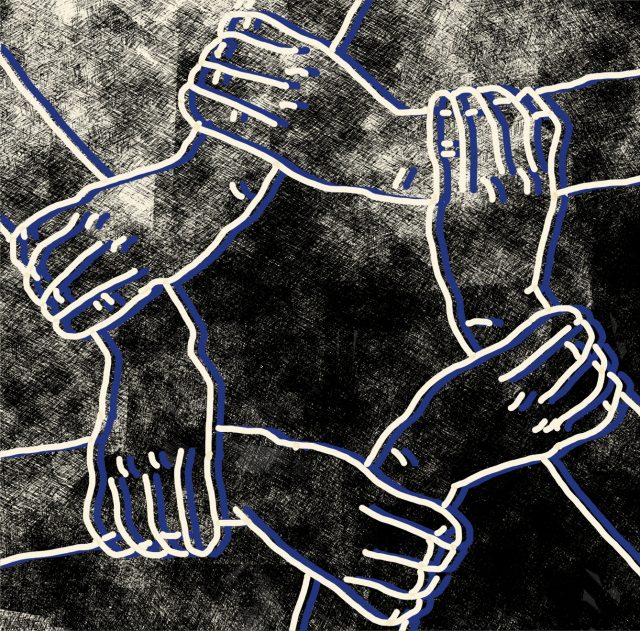

Because of the enormity of the financial, emotional and psychological burdens on families of those incarcerated, nonprofits have stepped in to help.
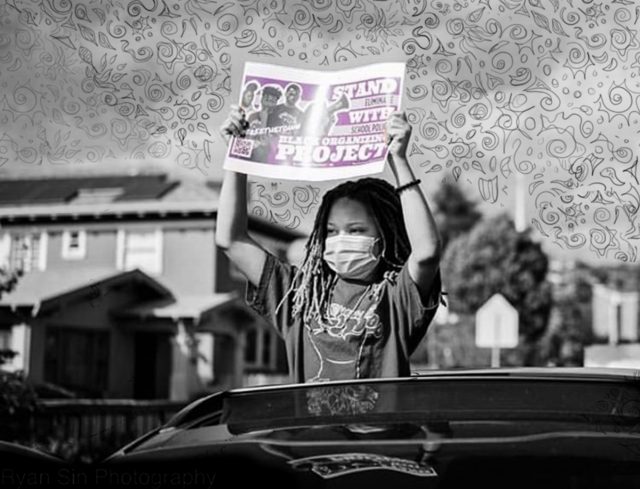
In the wake of George Floyd’s murder, a handful of school districts have rid themselves of police, but activists have been laying the groundwork for decades
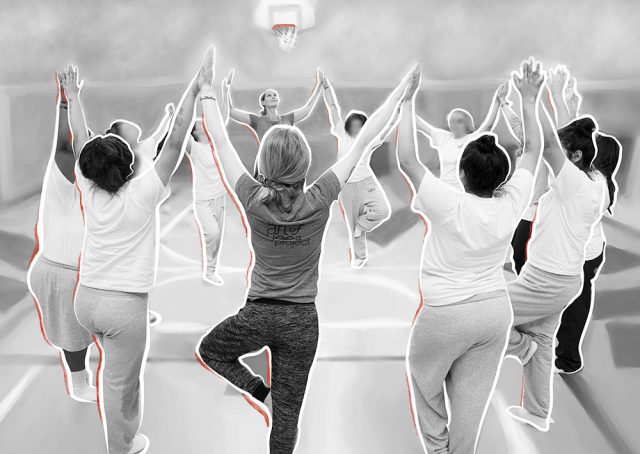
The Art of Yoga Project brings movement and art curriculums to the underserved and at-risk youth of Northern California’s juvenile justice system.
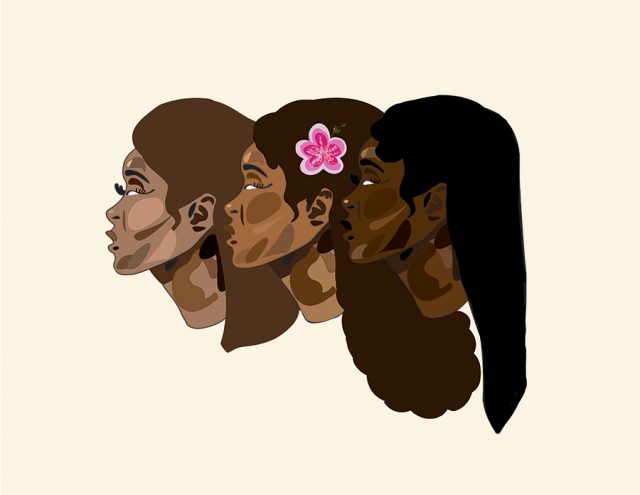
Girls of color are disproportionately affected in the juvenile justice system not only in terms of incarceration, though also in their victimization.
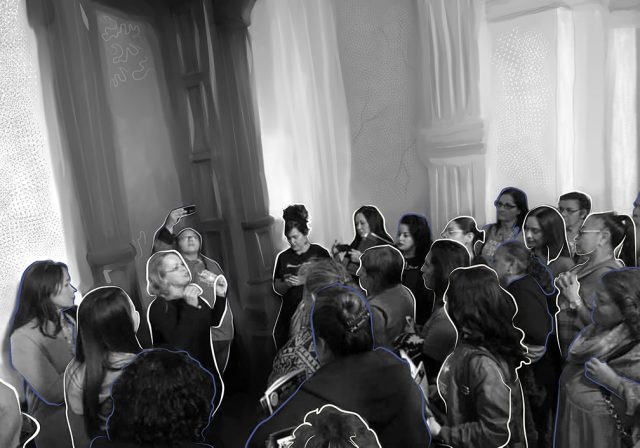
Texas-based advocacy groups are working to pass a bill to shorten long juvenile prison sentences.
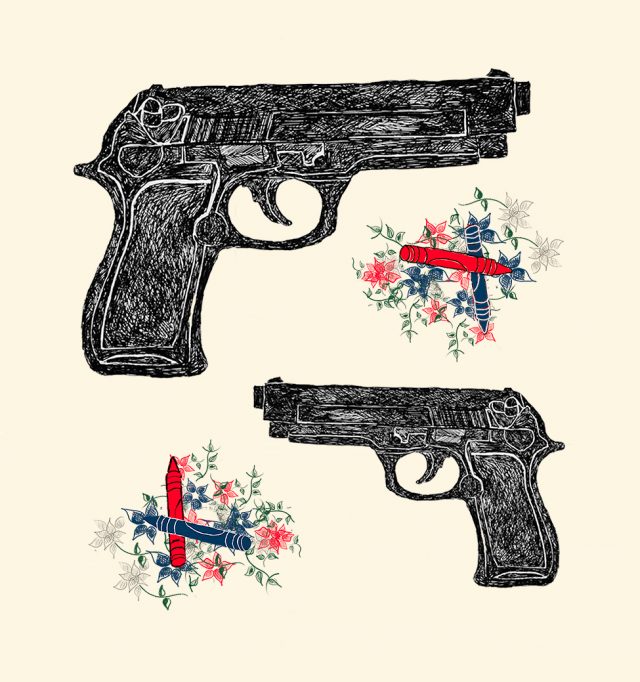
Nonprofits across the U.S. are working to stop gun violence in schools, which is disproportionately caused by students.
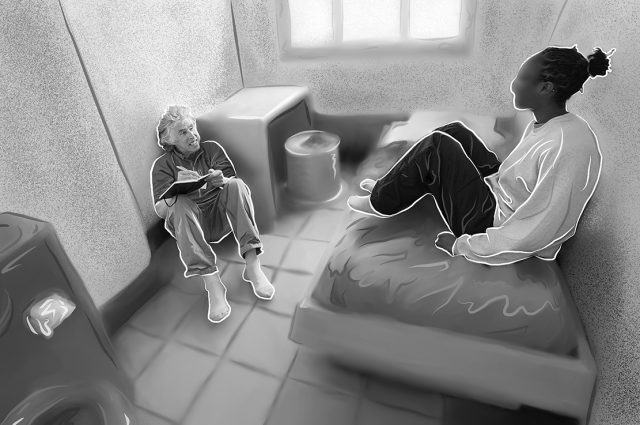
Photographer Richard Ross transports viewers into the cells of America’s confined children, through his body of work “Juvenile in Justice.”
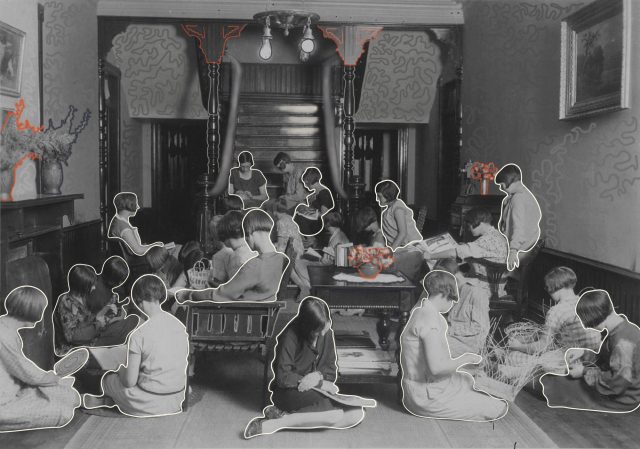
Founded in 1883, National Crittenton was the first group to open its doors to young women pushed to the edges of society, providing a safe place to sleep, community and emotional support. National Crittenton still wrestles against the risk factors — sex trafficking, domestic violence and poverty — that drove girls into the juvenile justice system more than a century ago, and still do today.
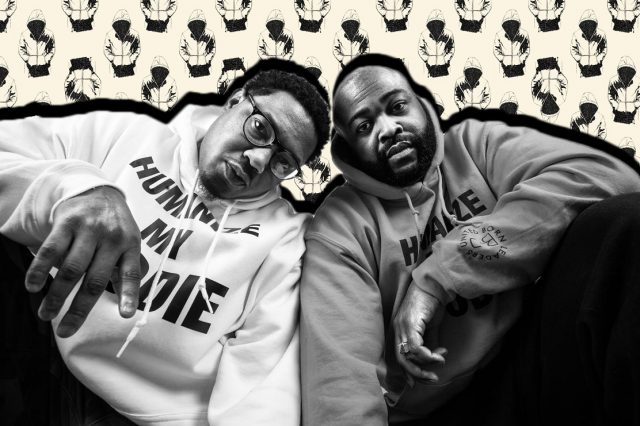
Humanize My Hoodie brand co-founders Jason Sole and Andre Wright aim to destigmatize clothing trends that are associated with Black and brown individuals while also humanizing the person “underneath the hoodie.”
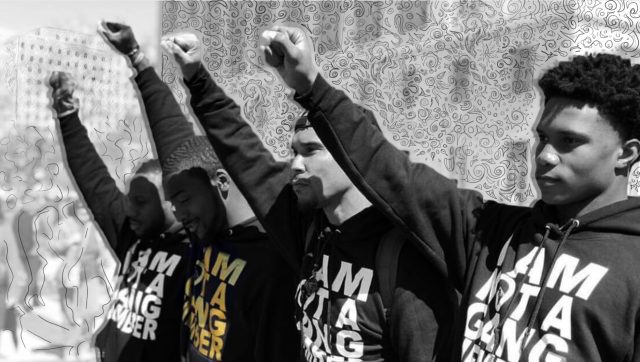
Based in Jacksonville, Florida, the EVAC movement spoke out about issues of police brutality, gang labeling, and systemic racism. The program was cut short after meeting with President Barack Obama, Rep. John Lewis and Sen. Cory Booker.